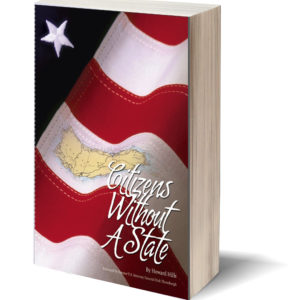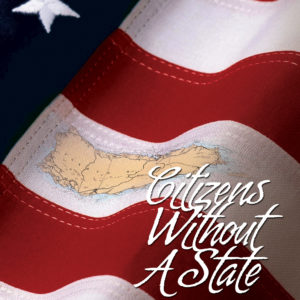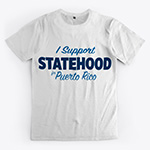Hawaii became the 50th State of the Union in 1959. Our series on the paths to statehood taken by the various States of the Union will have more detail about the history of Hawaii, but it is an error to think of this as a transition from the Kingdom of Hawaii to statehood.
Hawaii was ruled by a royal family for 80 years before the royals were overthrown and replaced by a president, Sanford Dole. Hawaii was annexed by the U.S. five years later, and the United States formally apologized for this in 1993. This annexation was not statehood. Hawaii became a territory of the United States.
By the mid-20th century, the people benefiting most from Hawaii’s position as a territory were mainland corporations. Personal income was on the decline and times were hard. At that point, 90% of the residents of Hawaii were U.S. citizens. About 30% of the population were of Japanese heritage, and Chinese and Portuguese populations were also significant. Hawaii was a very diverse place.
Statehood was followed by an economic boom and Hawaii currently has a median household income of $83,102, the 5th highest in the nation.
Statehood certainly strengthened the economy of Hawaii, bringing far more income from tourism and construction. But that was not the primary motivation for Hawaiians to vote for statehood.
As then Governor Linda Lingle said on the 50th anniversary of Hawaii’s statehood, (quoted in the Hawaii Free Press ):
“They voted for basic rights and privileges of American citizenship.
They voted to have a voice in Washington.”
As a territory, Hawaii faced the same kinds of problems other territories faced.
Puerto Rico
Puerto Rico came into the possession of the United States around the same time as Hawaii. The circumstances differed, but like Hawaii, Puerto Rico has found that being a territory is a matter of second class citizenship and economic hardship.
Puerto Rico, like Hawaii, could prosper under statehood. With full citizenship rights and full representation in Washington, Puerto Rico, like Hawaii, would be in a position to grow and to protect the natural beauty of the Island.







3 Responses
Viva Las Puerto Rico. Ola from United States
Sure Hawaii progressed… If you judge progress as “industrialization”… Also… What happened to the native population and culture… In short corporations will flourish in PR but since there are no free lunches, the traditions and folklore will dissapear…
Its absolutely essential that Puerto Rico become a state.
They should have the same rights as every other American Citizen.